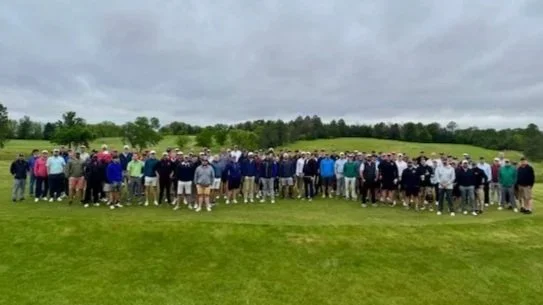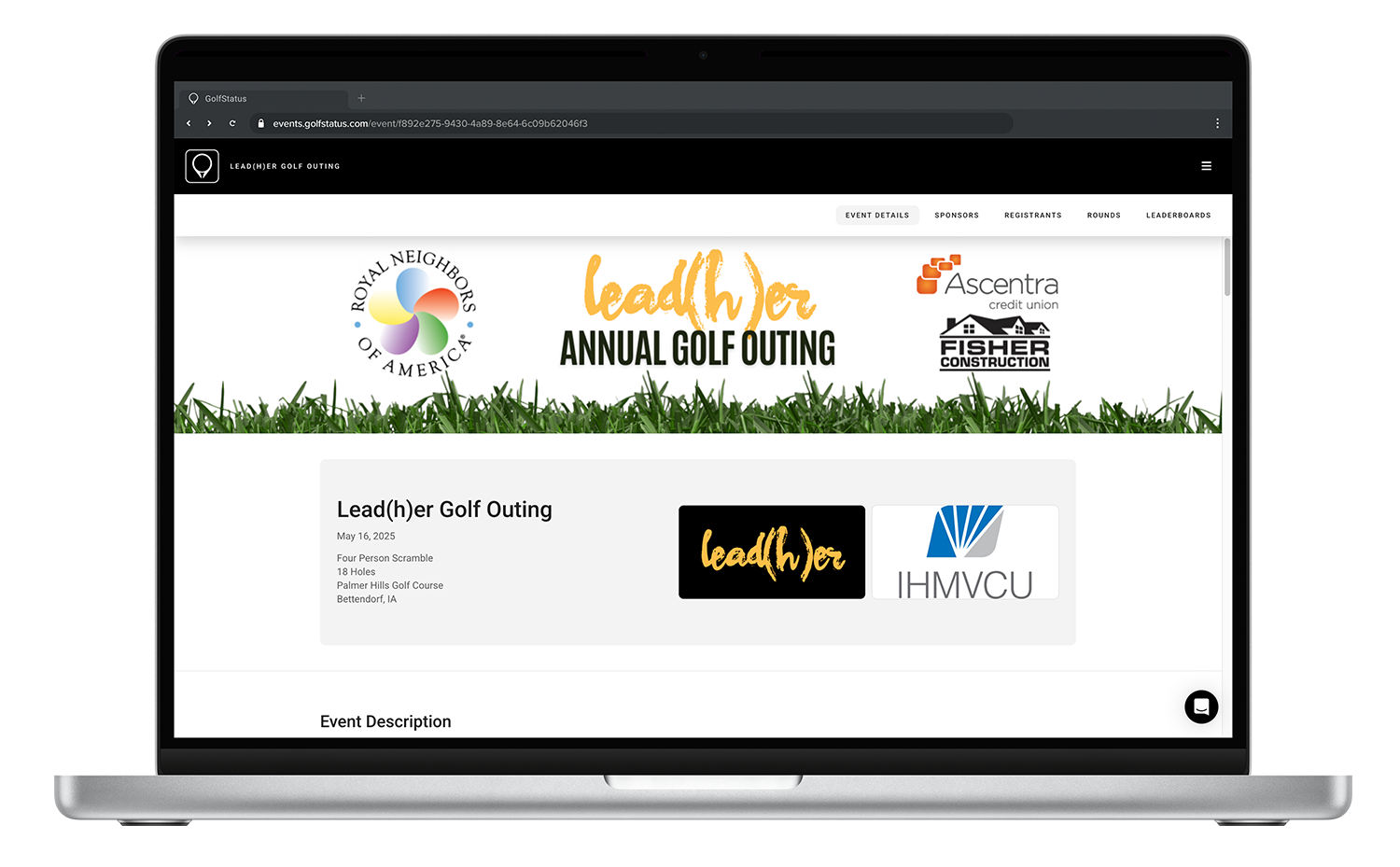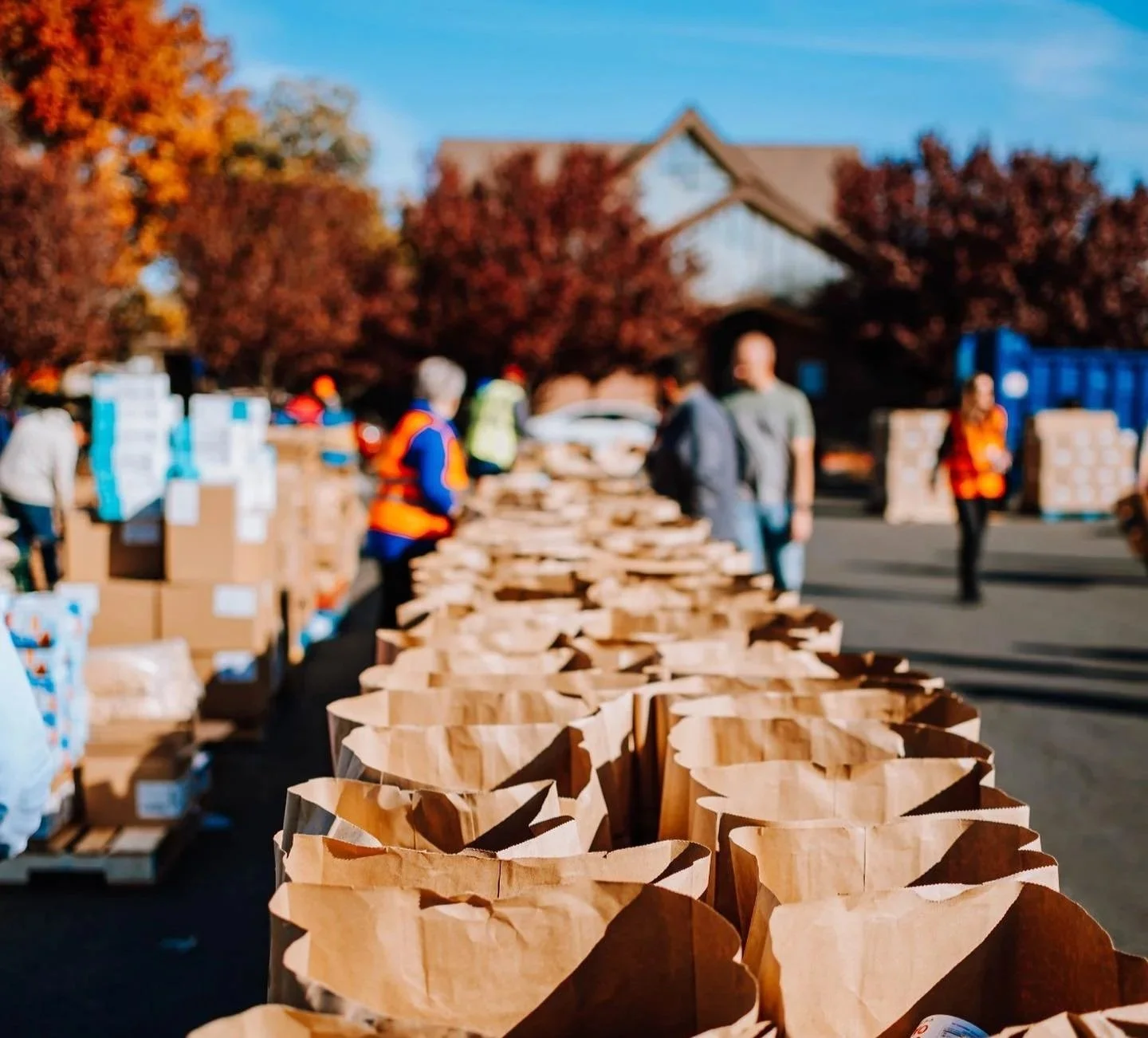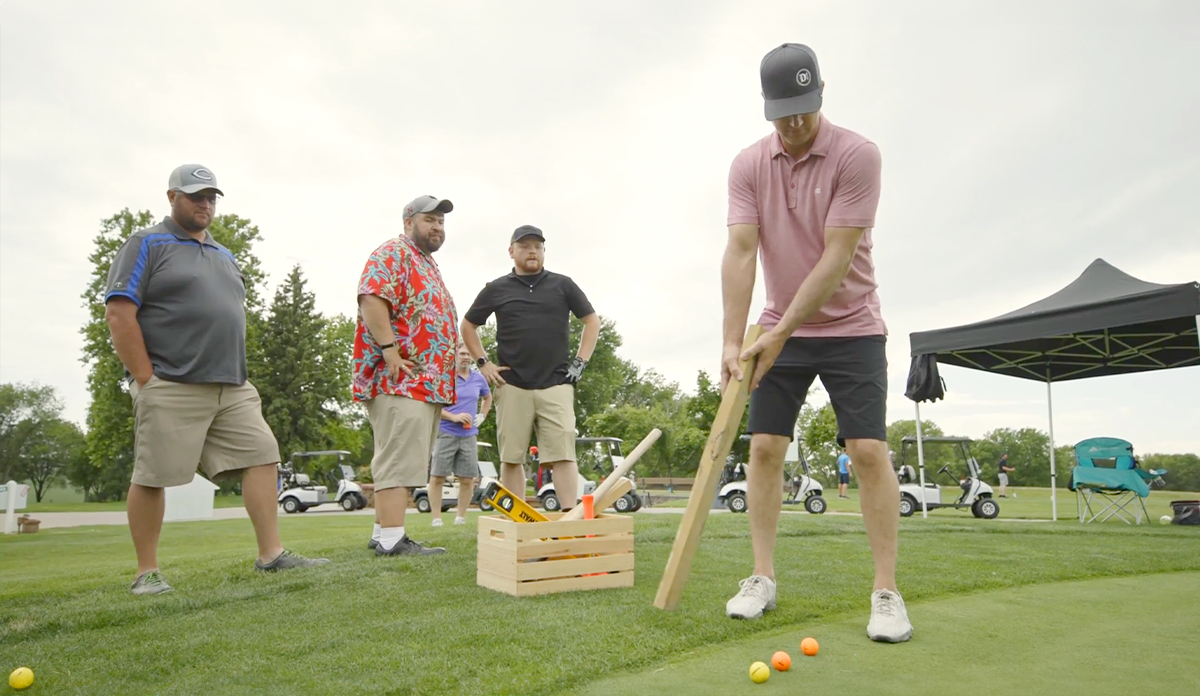partner snapshot
The First Responders Foundation’s (FRF) mission is to serve and honor all First Responders, Veterans, and their families while building appreciation and respect for their work and enhancing public safety. Based in Omaha, Nebraska, the Foundation’s programming supports the mental, physical, and emotional wellness of first responders.
The First Responders Foundation provides support and resources for first responders, including police, fire, and veterans.
For Police Captain Max Hubka, who oversees the wellness programs for the Lincoln, Nebraska Police Department, a Lincoln chapter of the FRF was the perfect opportunity to expand the services available to the more than 1,000 first responders in Lincoln and Lancaster County. “First responders face unique trauma, leading to sleep disruption, chronic stress, and other challenges that traditional healthcare providers aren’t always equipped to treat,” Max says.
He spearheaded the creation of the Lincoln Chapter in 2022 to offer access to trained mental health practitioners, peer support programs, chaplaincy services, social outings, and family resources that help first responders stay healthy and connected at home and on the job. But to fund the chapter's ambitious, holistic programming, Max knew he needed to find a sustainable funding option.
the challenge
Years before the Lincoln Chapter of the FRF existed, the Lincoln Police Memorial Foundation held a small but meaningful golf event to raise funds for a memorial honoring fallen police officers and provide a way for the community to gather, remember, and support one another. Max had helped run that event, and when the new FRF chapter was formed, Max saw an opportunity to evolve the Memorial Scramble into a new, expanded annual golf fundraiser dedicated to supporting first responders’ overall wellness and safety.
“Golf is a vehicle I can just about guarantee will bring us a significant amount of funding for the Foundation.”
The golf tournament offered exactly what the chapter needed: a reason to bring first responders together outside the uniform, a relaxed setting to build community, another opportunity to celebrate Police Week in May, and a high-impact fundraiser that could quickly establish the Foundation’s credibility. “People see that we run this legitimate event, and it helps them recognize the commitment the Foundation has and how their donations are doing something positive,” Max says. But with most of the planning falling to Max, he knew he needed technology that would streamline the work—rather than add to it.
the solution
Max knew he needed a platform that was simple to use, easy to navigate, and didn’t come with a major price tag. Because Max had used GolfStatus in his time organizing the Memorial Scramble, returning to it was an easy decision for the FRF event:
Online registration was a game-changer. Max remembered how simple it was to set up registration, accept online payments, and manage player information. GolfStatus automated registration, so Max wasn’t drowning in spreadsheets and hundreds of emails and could focus his time on outreach, donations, and player experience.
An event website provided credibility and professionalism. The tournament’s website was built quickly by the GolfStatus team, with custom content that highlighted the chapter’s mission and goals. It allowed sponsors to browse available packages and golfers to register with a few clicks.
Custom pin flags impressed participants. Max says the custom pin flags, which had the FRF logo on one side and sponsor branding on the other, elevated the look of the tournament. “People are shocked at how high-end the flags look!” Max says.
Tech offered a smooth golfer experience. GolfStatus’ tech helped everything run smoothly for golfers and tournament organizers. Max loved that his dad, who he describes as “not computer literate,” could easily register online without help thanks to a frictionless process.
“The website and registration process are so great. It’s such a slam dunk and requires so little effort on my end. I send the link out, and people know what to do from there.”
The results
With technology handling the logistics, Max and a small team of board members focused on growth—building sponsorships, strengthening relationships, and creating an event that first responders and community members look forward to all year.
Over 80% of the tournament’s golfers are first responders.
By the Numbers
Fundraising outcomes: $130,000 raised for first responder support since the tournament began in 2023
Number of teams: On average 36-39
Demographics: More than 80% of golfers are first responders
help, support & fundraising tools
Even with Max out of state for training during the 2025 tournament, everything ran smoothly. The team followed the established playbook, and GolfStatus provided the infrastructure and setup needed to keep everything on track.
Max says the responsiveness from the GolfStatus team is incredible. “If I send them an email with a question, they get back to me right away and make things happen,” he says.
Working with GolfStatus unlocked a series of fundraising enhancers that helped maximize revenue with minimal lift. Plus, Max says the add-ons like the Technology Sponsorship, hole-in-one contests, and pin flags add yet another layer to make the tournament feel like it’s a high-end scramble.
Max also says that GolfStatus didn’t just support planning and managing the tournament, but helped him learn more about fundraising, sponsorships, and branding. “I learned quite a bit about the importance of branding and logo placement,” Max says.
The tournament is more than a fundraiser—it offers an opportunity for connection and community for first responders.
tangible outcomes for first responders
The funds raised from the tournament have been transformational for Lincoln’s FRF chapter. Because the tournament revenue goes towards the general fund, it remains flexible and can be used to respond to emerging needs. In its first three years, the golf event has helped support:
Access to culturally competent mental health providers who are trained in trauma and first responder care.
Sleep and stress-management training for overnight-shift officers and their families.
Spousal and family programs to help loved ones better understand the emotional realities of first responders’ work.
Updated fitness rooms and equipment at stations across Lincoln, replacing aging equipment with modern gear, which boosts morale and physical and mental health.
Water rescue equipment to assist with water rescues across the departments.
A benevolence fund to support first responders and their families during medical crises or significant emergencies.
A K-9 retirement fund that ensures service dogs receive proper care when they leave duty.
advice to other tournament organizers
Max’s advice to his fellow tournament organizers is simple:
“Use GolfStatus! For as long as I’m running this tournament, I’m using it.”
He says GolfStatus’ platform frees organizers from the more tedious parts of tournament management, allowing them to focus on what truly moves a fundraiser forward: building relationships, securing sponsors and donations, and creating a memorable experience for the organization’s beneficiaries.
golf for good with golfstatus
GolfStatus is purpose-built tech for charity golf tournaments and fundraisers. It saves organizers like Max 40+ hours of administrative time and effort with built-in automations and golf-specific tools. Tournaments can get started with GolfStatus at no upfront cost and get a free event website, coaching from Fundraising Specialists, access to exclusive fundraising enhancers, live support seven days a week, and much more.















































